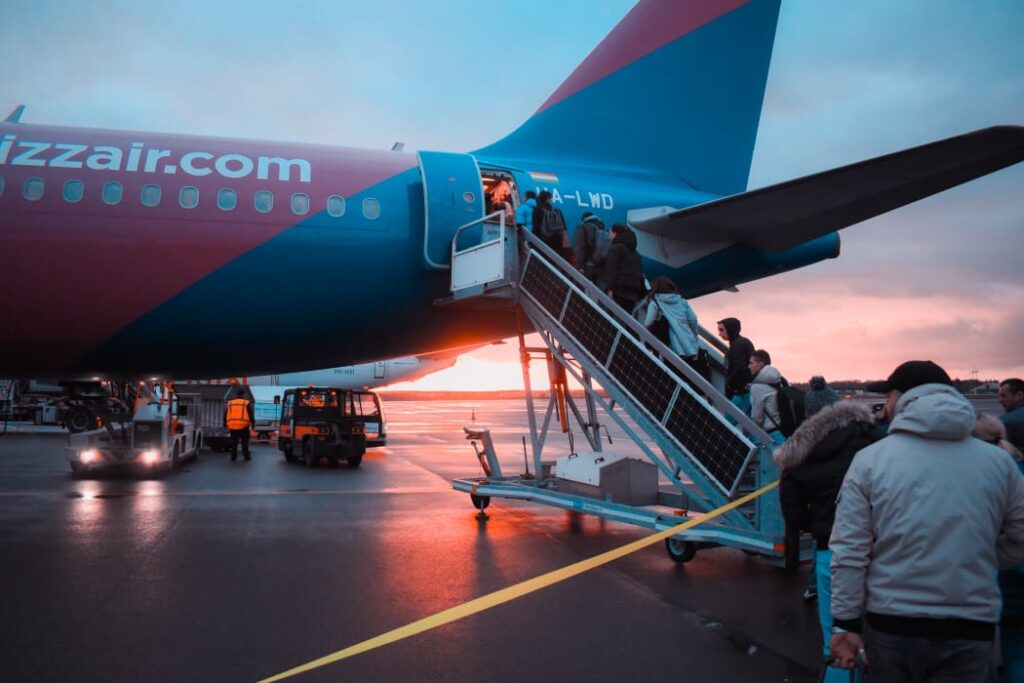
Every passenger must be aware of the vital components that save lives in the aviation industry, where safety is of utmost importance. Knowing the essential components that guarantee flight safety, whether you fly often or just sometimes, may give you peace of mind and make everyone’s trip safer. Explore the three essential elements that are crucial to saving lives during air travel in this detailed tutorial.
1. Hydraulic Power: The Silent Force Behind Flight Control
The aircraft’s hydraulic control system is like a strong, behind-the-scenes helper for flying safely. It’s crucial for moving important parts of the plane, like the wings (ailerons), the tail (elevators), and the back flap (rudders), which help the plane turn, go up, and down. This hydraulic system gives power to the pilots so they can keep the plane steady, especially when flying gets tough.
Aircraft hydraulic power serves as a strong backup system, providing support when the main plane control system encounters rare issues. In such situations, the hydraulic system becomes a dependable safety net, ensuring control is maintained. Additionally, when standard steering faces challenges due to factors like mechanical failures, severe weather, or unforeseen events, the ability to use the hydraulic system can be the decisive factor between a safe landing and a potential disaster. This backup system acts as a lifeline during emergencies, enabling pilots to navigate the aircraft effectively, even in difficult and demanding circumstances, emphasizing its critical role in aviation safety.
So, think of the aircraft hydraulic system as an unsung hero in the cockpit, always there to support the pilots. It shows how much the aviation industry cares about safety, making sure that even in tough situations, everyone on board can trust the skill of their flight crew to bring them safely back to the ground.
2. Avionics: The Brains of Safe Flight
While an aircraft’s beautiful appearance may catch your eye, it’s the advanced avionics systems that really guarantee the safety and effectiveness of your trip. The term “avionics,” which is short for “aviation electronics,” refers to a broad range of electronic devices used to operate, communicate, and navigate airplanes.
Avionics systems are essential to navigation, which is a crucial component of flight safety. GPS, inertial navigation, and radar are all used by the aircraft’s navigation system to establish the aircraft’s location and course. These devices provide the flight crew with real-time data, allowing for precision navigation even in bad weather or uncharted territory. The ability to communicate inside an aircraft and with air traffic control (ATC) is another function of avionics equipment. The safe functioning of the aircraft depends on dependable and clear communication, especially during takeoff, landing, and airspace navigation. Avionics ensure that the flight crew can communicate clearly and get crucial information from ATC.
3. Emergency Evacuation Systems: Rapid Egress in Critical Moments
Although nobody wants to consider crises when they are in the air, it is important for your safety to be ready for anything. In order to guarantee quick exit in emergency situations, aircraft are outfitted with a variety of emergency evacuation systems. The emergency exits are one of these systems’ most noticeable elements. These exits are thoughtfully positioned throughout the aircraft to provide easy access to safety in an emergency. Exits via the overwing, doors, and windows are designed to be used quickly, and inflatable rafts or slides are often provided to make this process easier for passengers.
Aboard an airplane, there are emergency lighting systems in addition to exits. These systems provide navigation in dimly lit or smoky environments, ensuring that passengers can reach safety even in poor sight. Passengers are assisted in navigating the aircraft during evacuation by illuminated aisles, floor-level lights, and emergency signage.
Fire suppression systems are also essential for controlling onboard fires, which may seriously jeopardize aircraft safety. Extinguishers, materials that resist fire, and automatic fire suppression systems in cargo holds and engine compartments are a few examples of these systems. For the safety of the passengers and to prevent the aircraft from suffering severe damage, quick and efficient fire control is crucial.
Conclusion
You may get a greater understanding of the complexities of flight safety by understanding the crucial elements that keep people alive during air travel—hydraulic power, avionics, and emergency evacuation systems. These systems operate in perfect harmony to make sure that your travel is secure and enjoyable. You help foster a culture of safety that makes air travel one of the safest means of transportation by appreciating their significance and following safety recommendations.